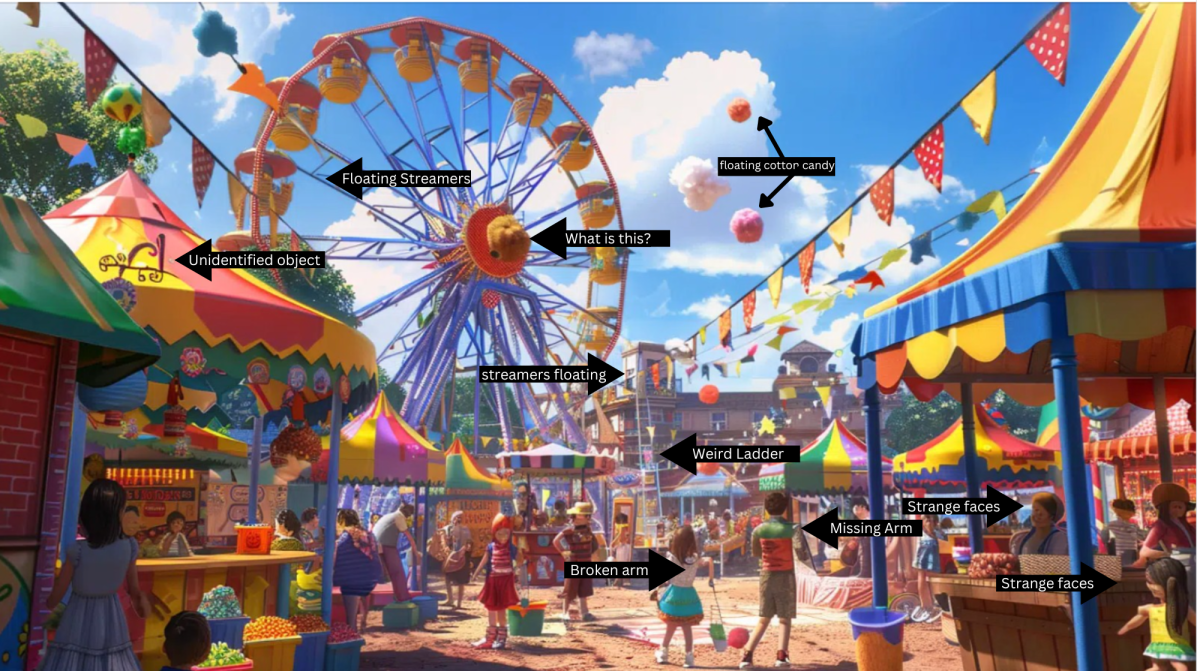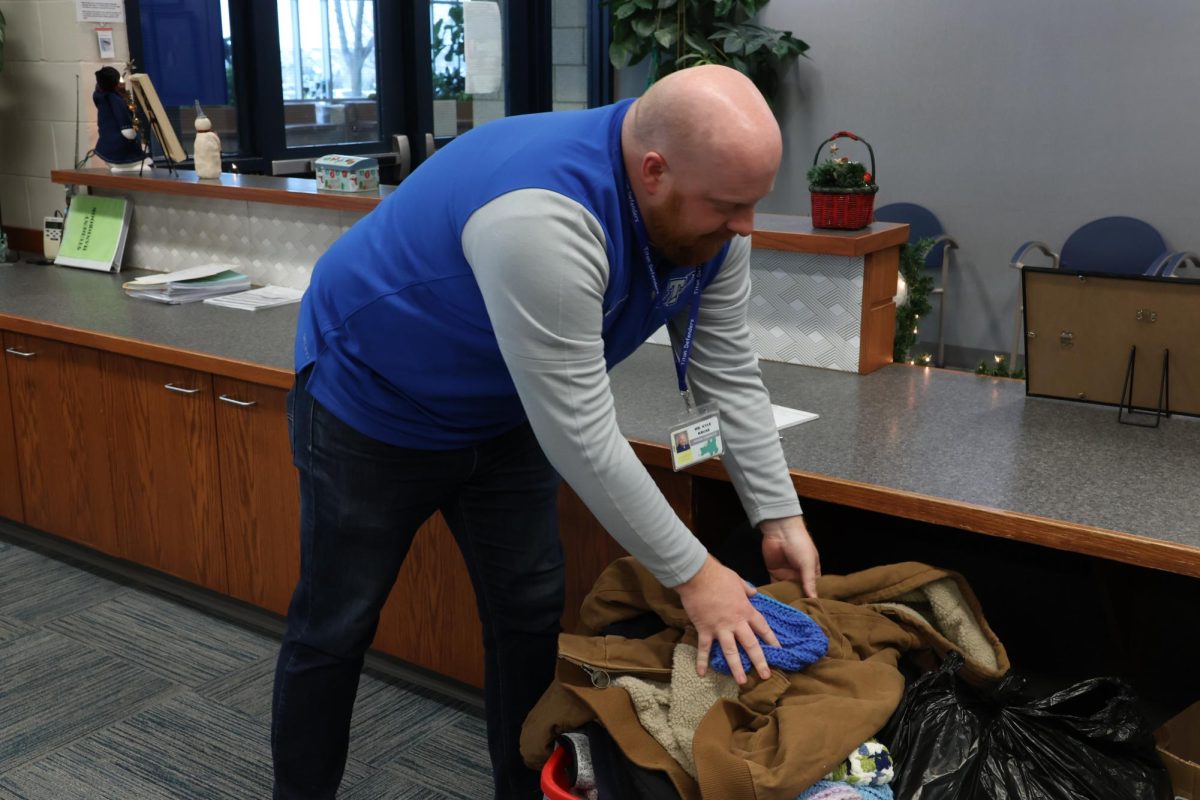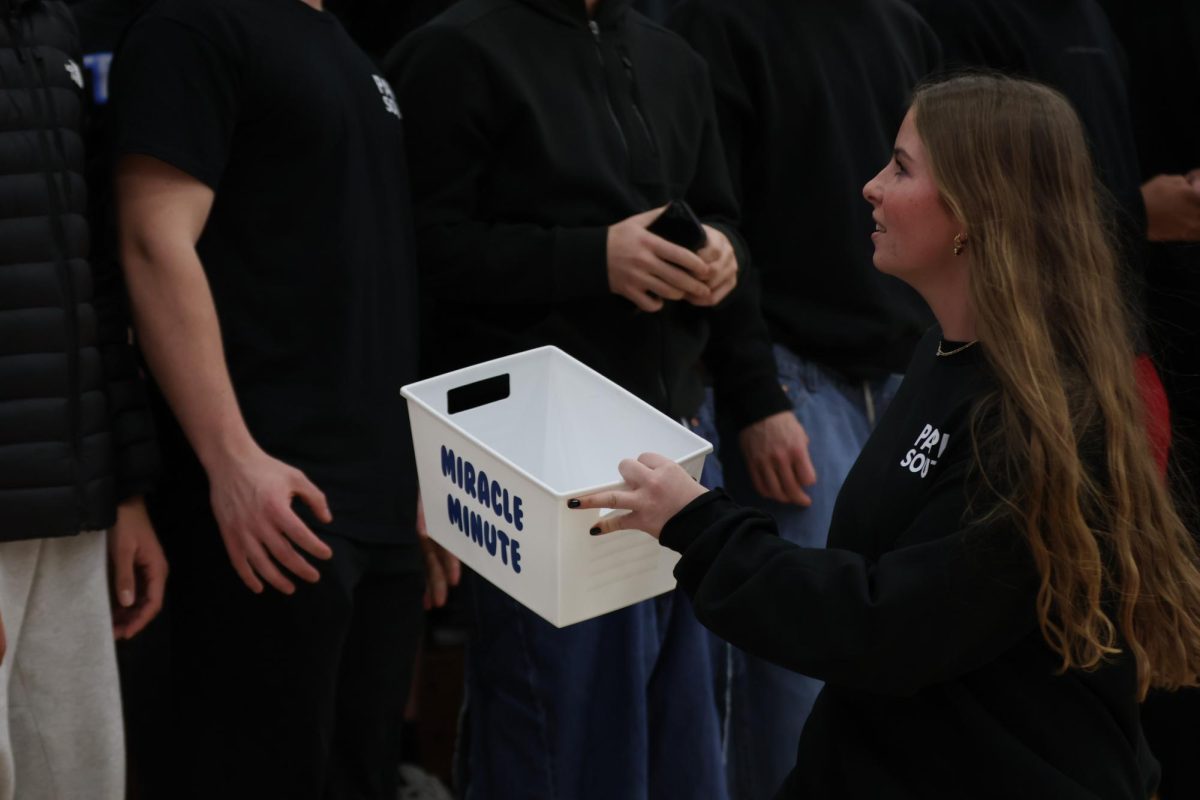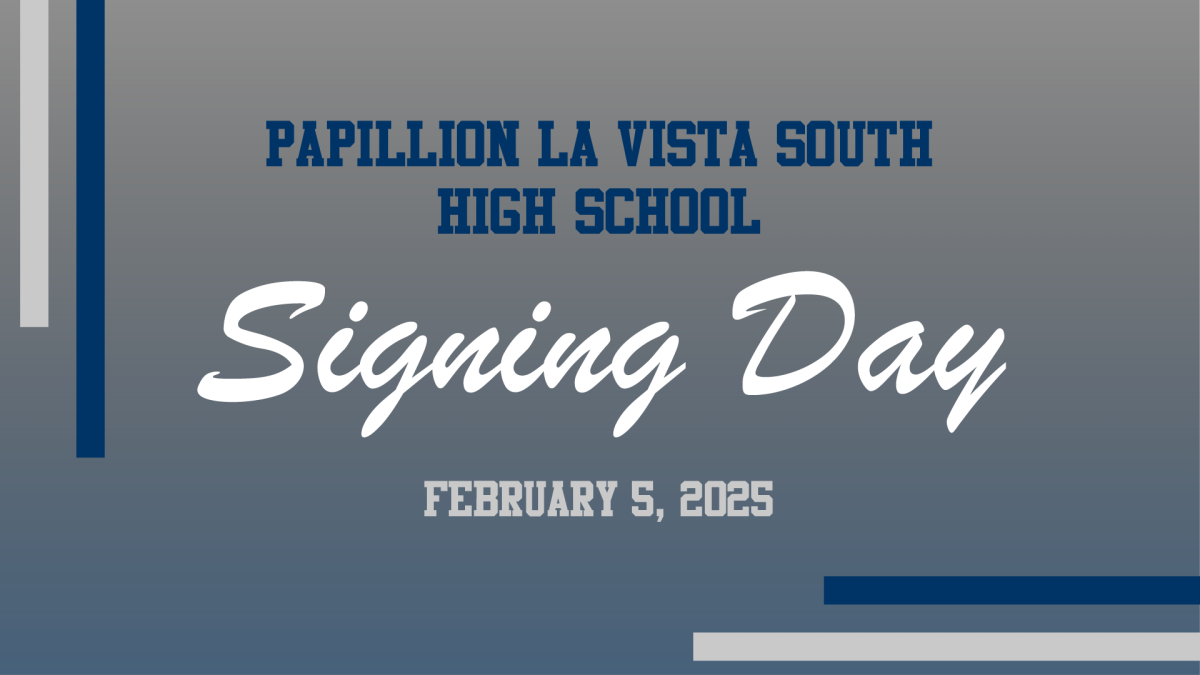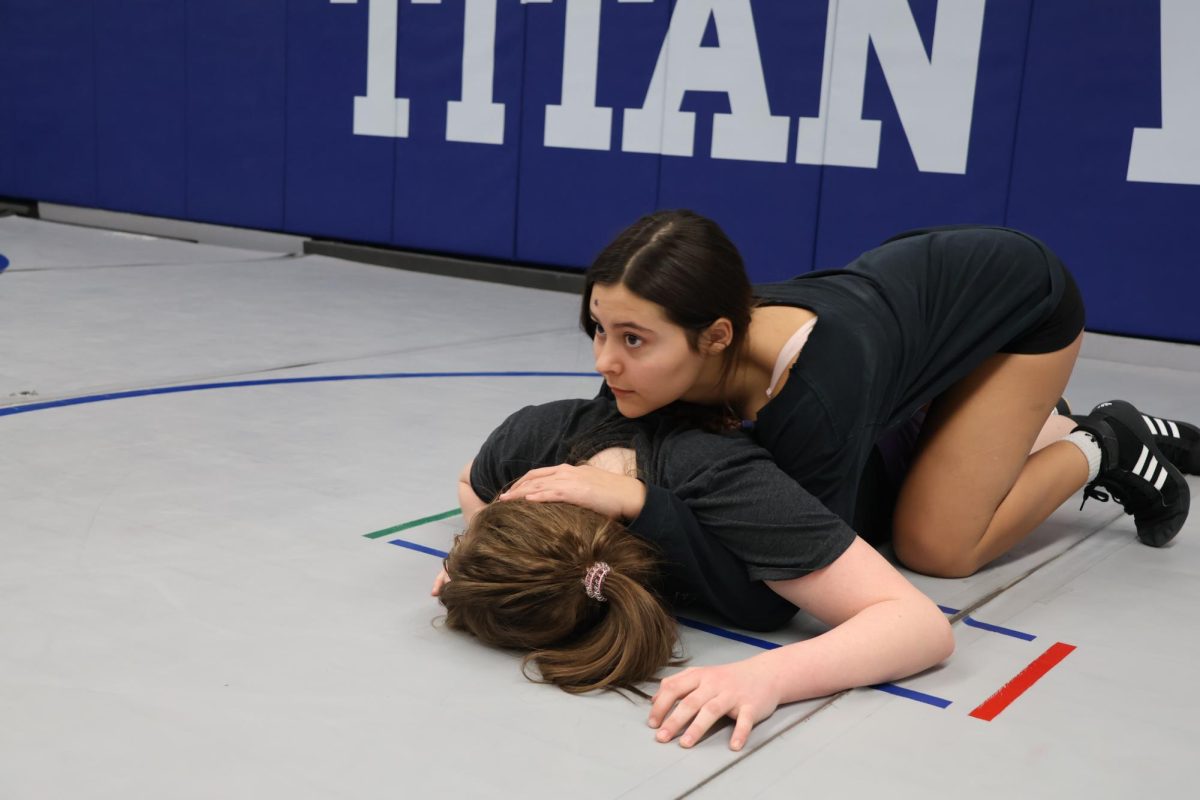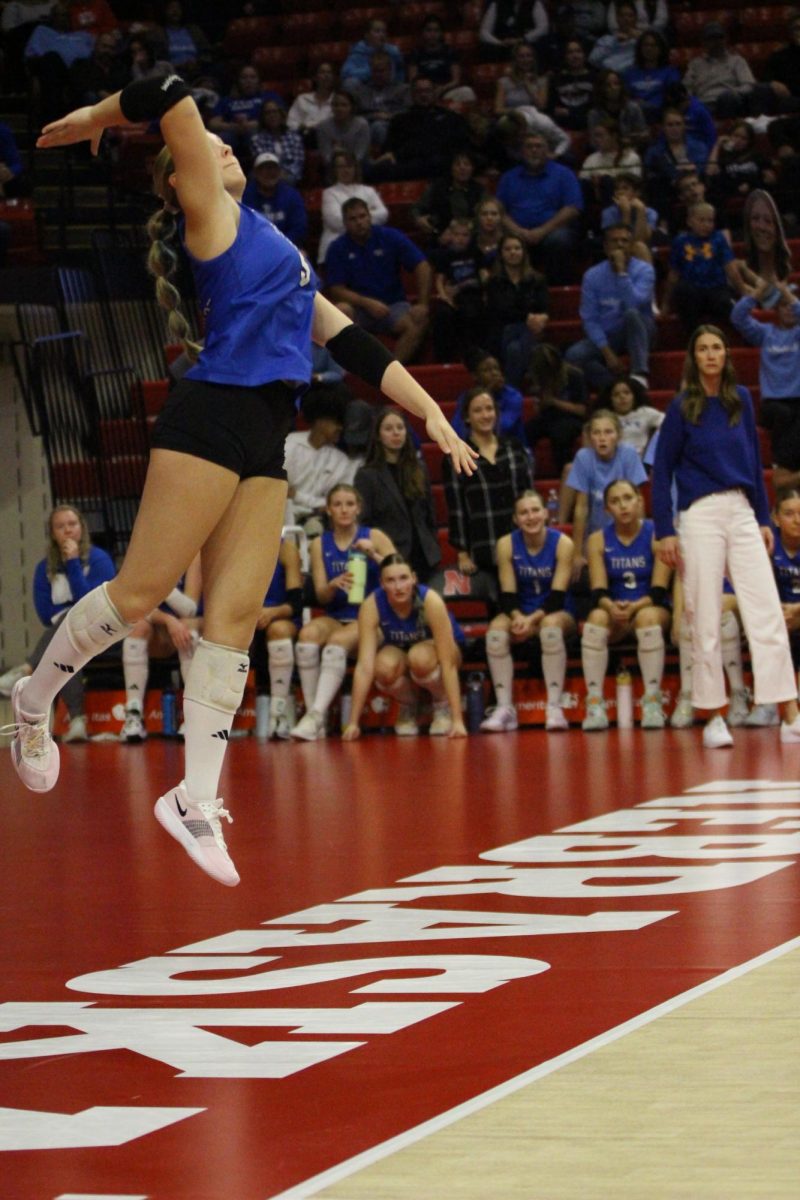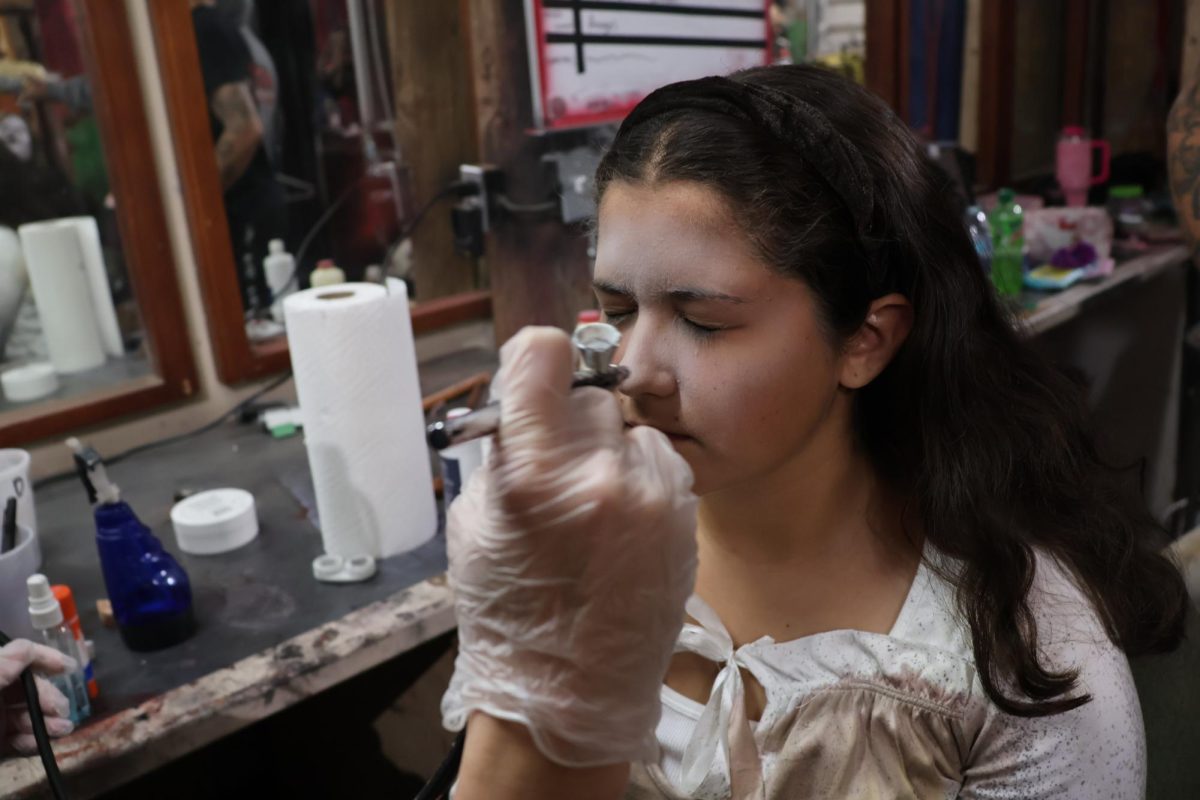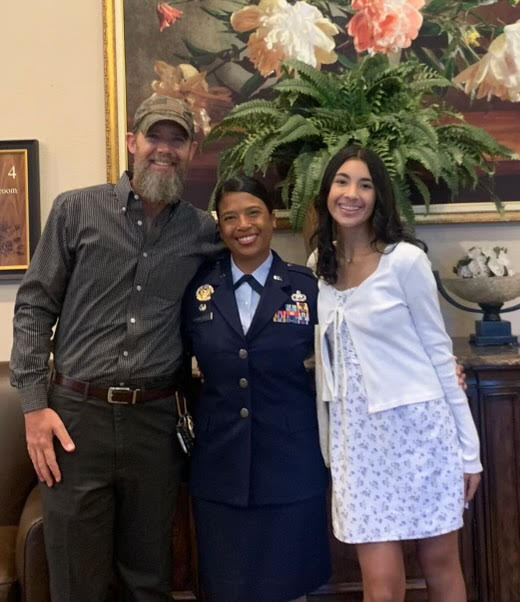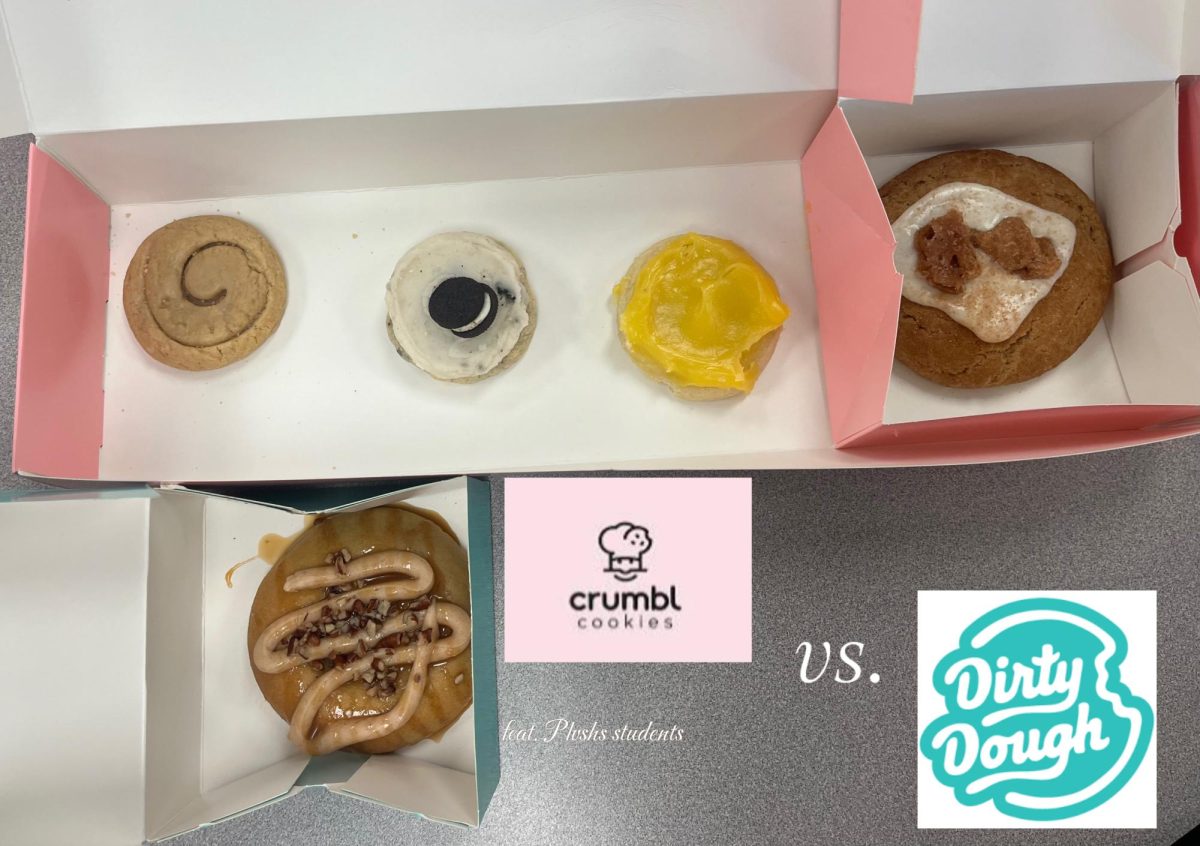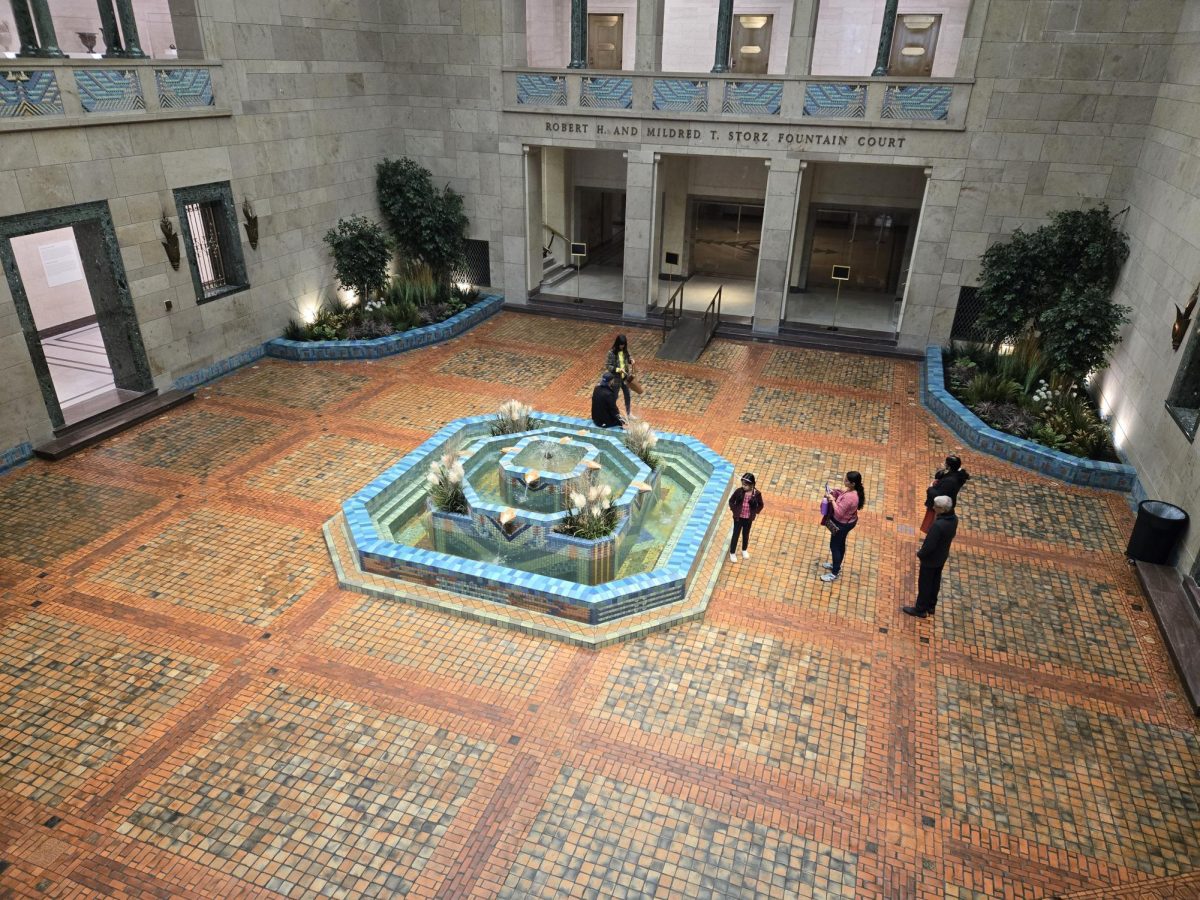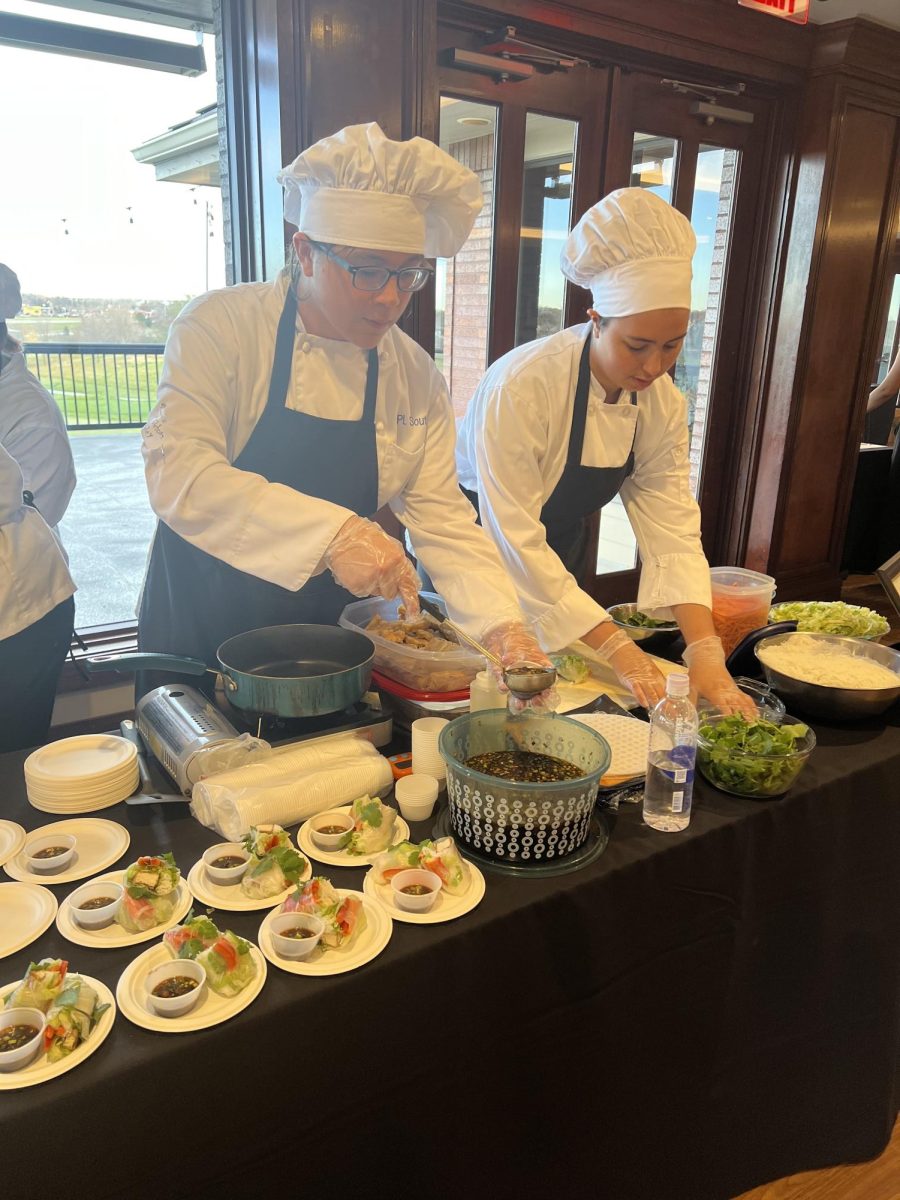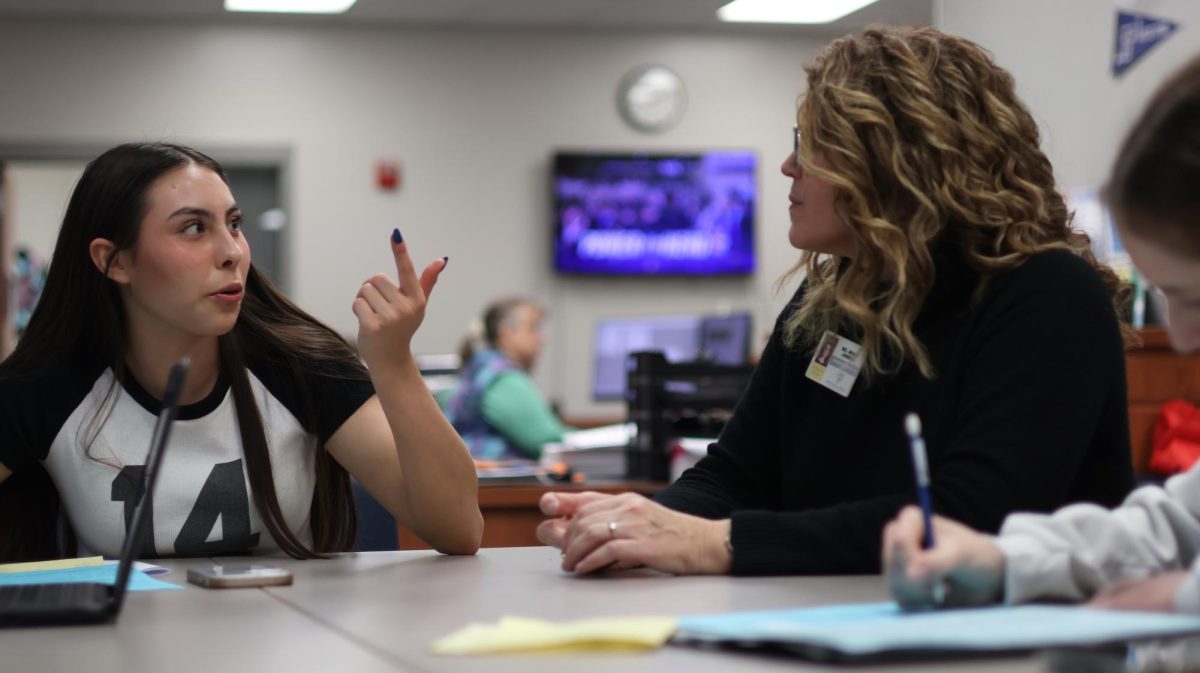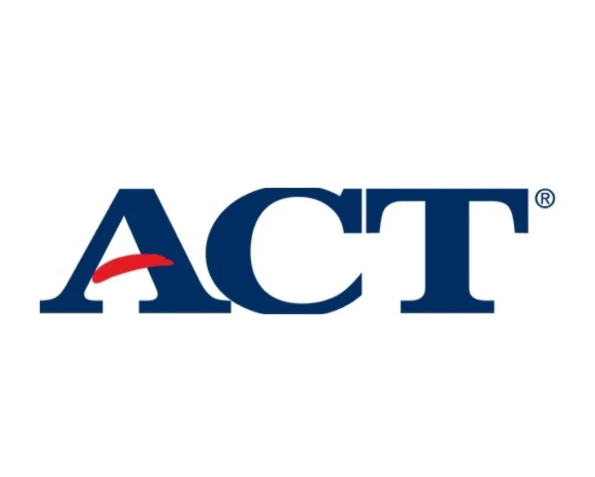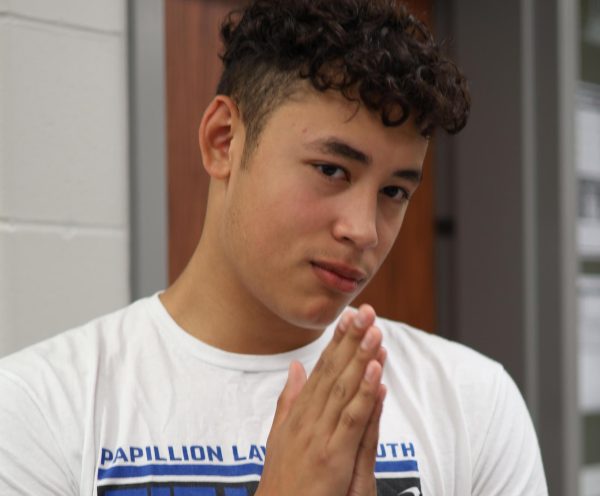With last semester in the past and just having started the second, students are already looking into the future of the next upcoming school year. Registration forms have been handed out, but why so early?
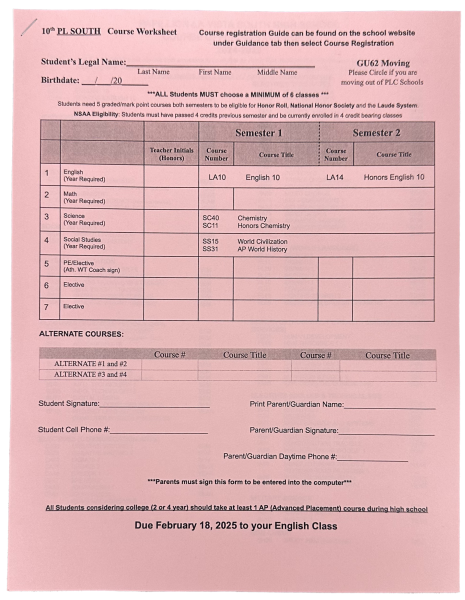
Electives Director and Counselor Mr. Cruz shares his insight, “A lot of it has to do with how long the process takes. We meet one-on-one with kids and that includes us also going to, Liberty and PMS to meet with the eighth graders coming up. So that process takes about a month. Then the next part of it is just seeing how many students signed up for each class and that determines, are we able to offer the class? Is there enough interested students? And also how many sections of each class we need to fill in for those kind of demands?”
The next step is determining where and when a class takes place. “There’s always different considerations we have to look into on like with say with upper classmen, where are they mainly in the building?” Cruz said. “It makes sense maybe to avoid some of our more popular academies and some of our more popular electives that we only do once during the day.”
Not to mention actually constructing each and every students schedule to see what fits where. Majority of this process is working with students but there is a whole other side students may not realize, finding the right classes for each teacher, most are selected for a specific class but certain electives won’t always be filled up.
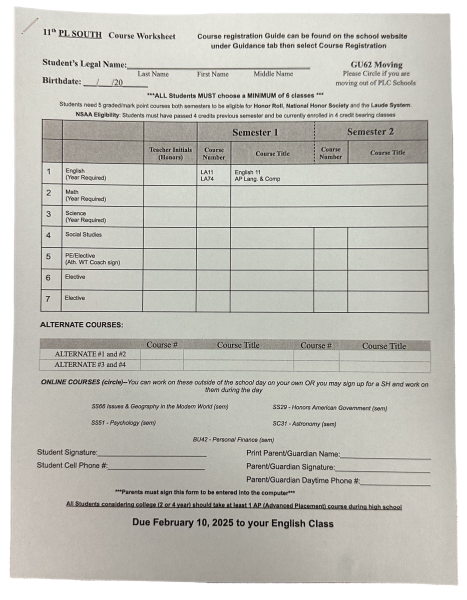
“Mr. Gehring, the principal in charge of determining the schedule, every year he reaches out to every teacher in the building, each department and their department head, and they kind of decide like, these are the classes I would really like to teach.” Cruz says.
Four out of the three spots for class selection is required to be a core class, the other three classes are electives; courses a student takes by choice. Though to graduate High School you need to take electives, the specific classes are up to the student.
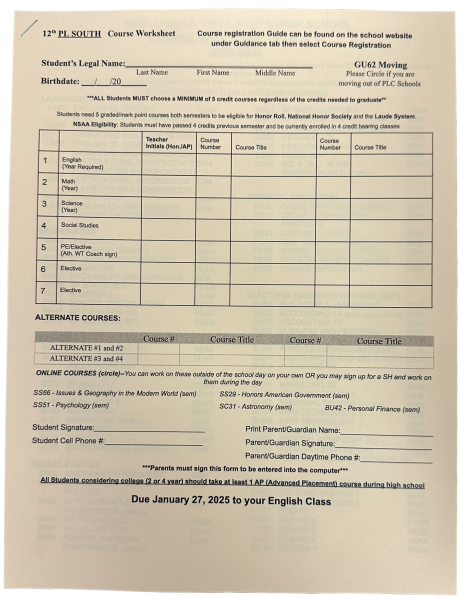
“Our most recent ones with personal finance and computer science was the unicameral, they made that decision that all students in Nebraska had to have these two requirements.” Stated Cruz.
This, in turn lowers the enrollment for other classes, classes that students could have enjoyed, to combat this, “The school board decided to actually move us from 45 required credits to 46 for our current freshmen or that first class and really the big thing on why that decision was made was to try and encourage students to try a few different electives,” says Cruz
Other causes for lower enrollment are overall trends from the student body, a prominent trend being the influx of students going into Metro Academies “Our metro academies are way more than we ever had, the number of students that are applying for the metro career academies has really risen in the last couple of years.” Cruz shares. “They’re applying to those which is great because we do know just a lot of times those classes offer students kind of a alternative to just the traditional classroom setting and it gives them a lot of opportunities for college credit.”
A lot of work is being put in behind the scenes to ensure students have a memorable time at Papillion La-Vista South High School helping kids try out new things with a diverse choice of electives from constructing recipes in foods to building sheds in construction or giving them a sneak peak into the workforce with career academies.

